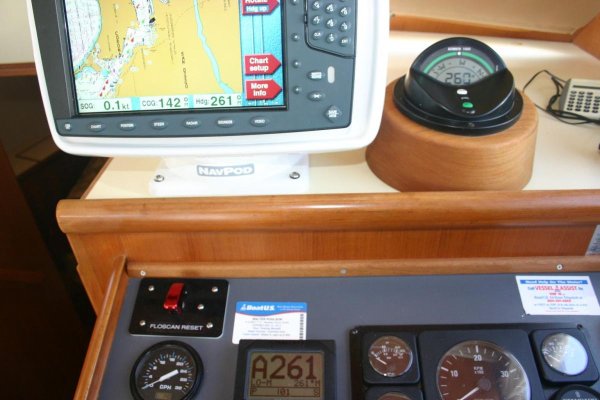Barking Sands
Guru
- Joined
- Dec 24, 2019
- Messages
- 886
- Location
- United States
- Vessel Name
- M/V Intrigue
- Vessel Make
- 1985 Tung Hwa Senator
https://www.amazon.com/KVH-Kvh-Azimuth-1000-Compass/dp/B07BNGMNST
Still relevant and/or useful? My boat had one installed. Its currently removed but it does seems to work just fine. I am getting ready to do a Garmin install as soon as the Reactor 40 gets here. Any benefit to interface this to the Garmin for heading info? It seems these are older units but they still seem to sell them and they aren't cheap.
Still relevant and/or useful? My boat had one installed. Its currently removed but it does seems to work just fine. I am getting ready to do a Garmin install as soon as the Reactor 40 gets here. Any benefit to interface this to the Garmin for heading info? It seems these are older units but they still seem to sell them and they aren't cheap.


